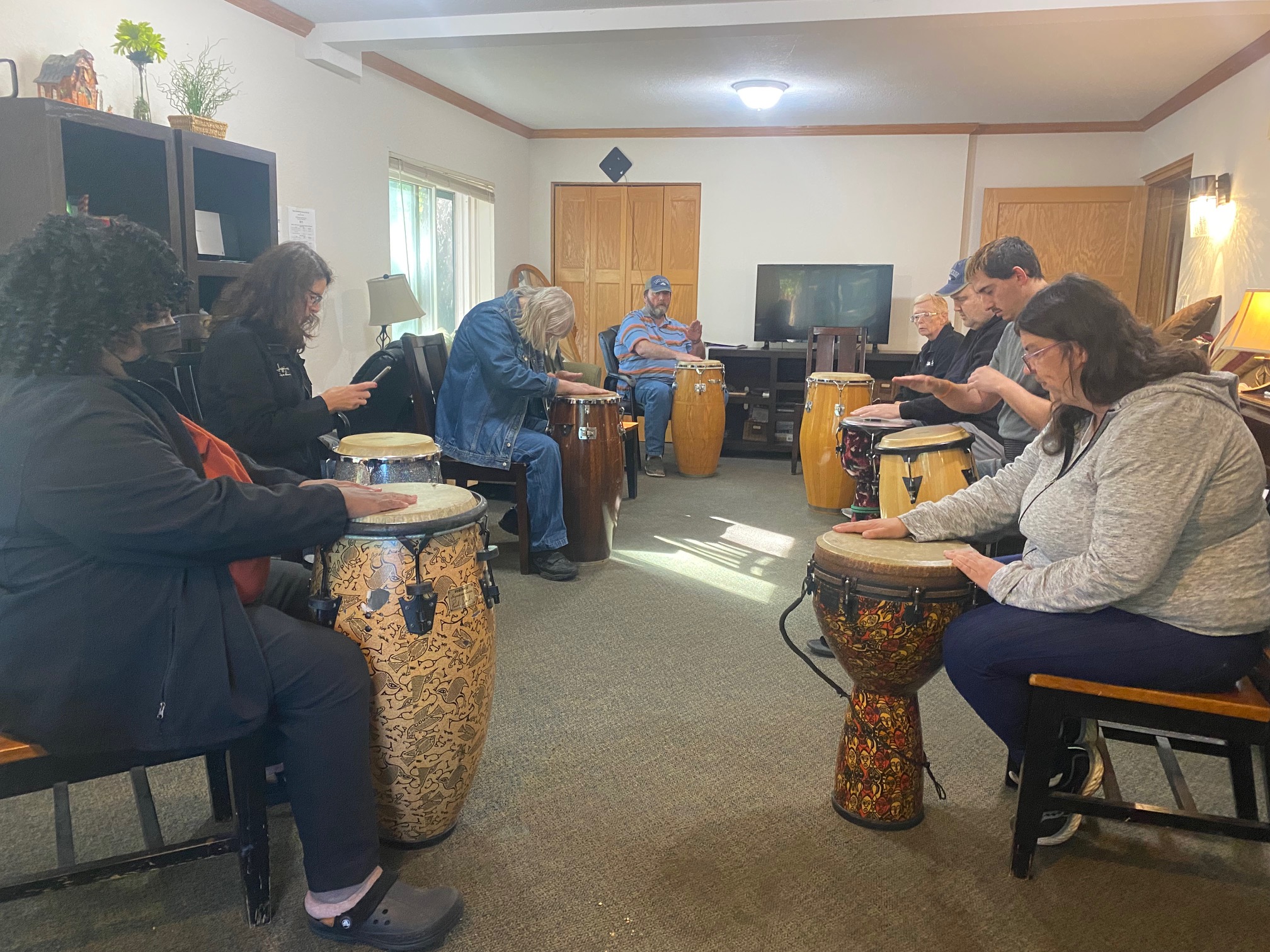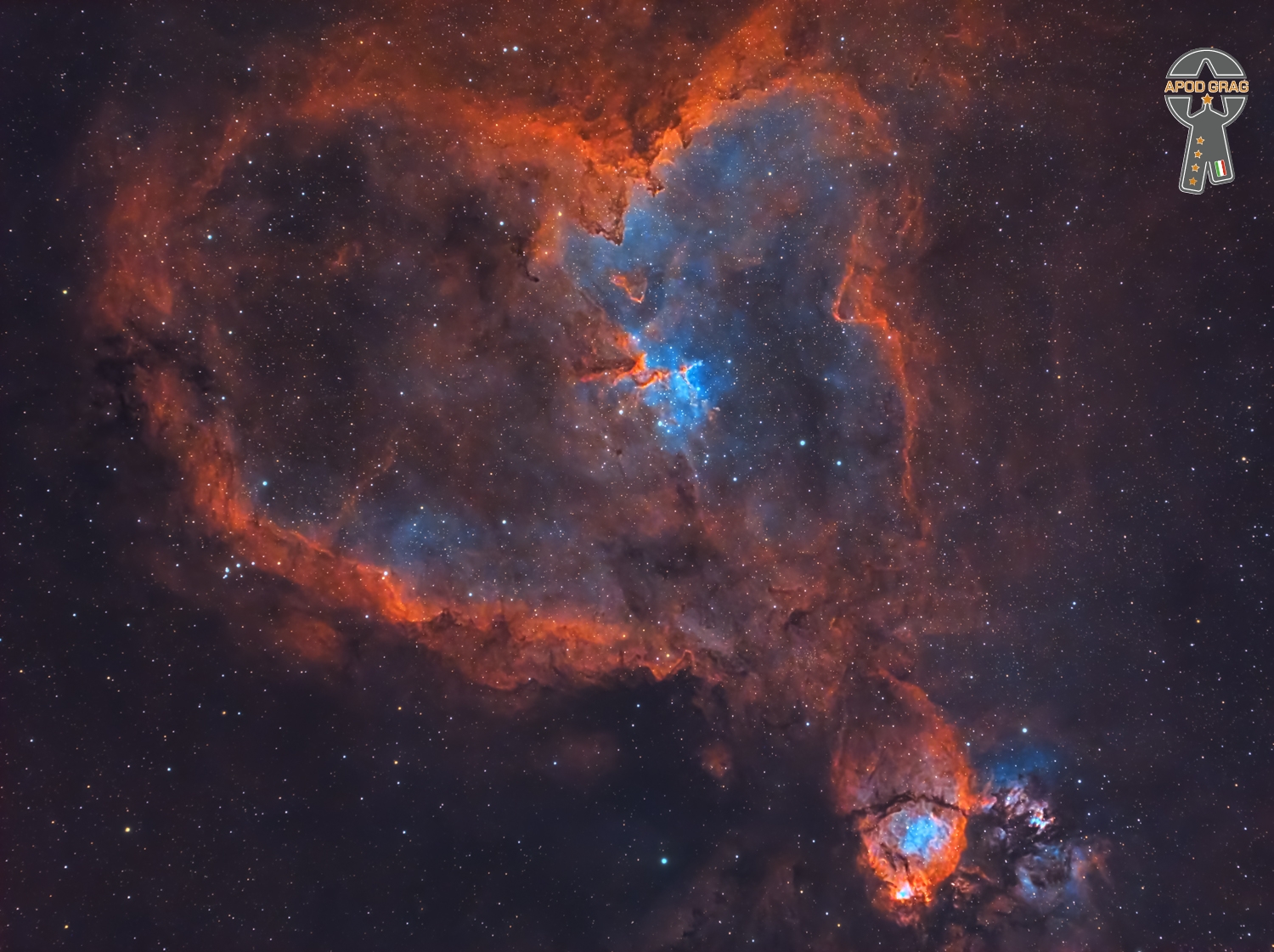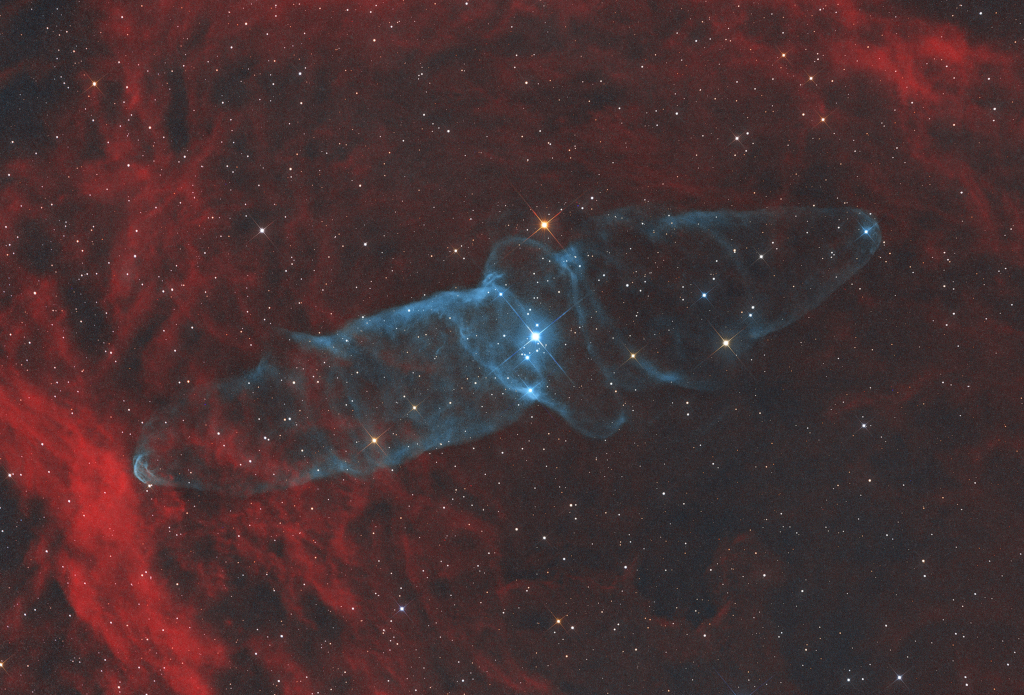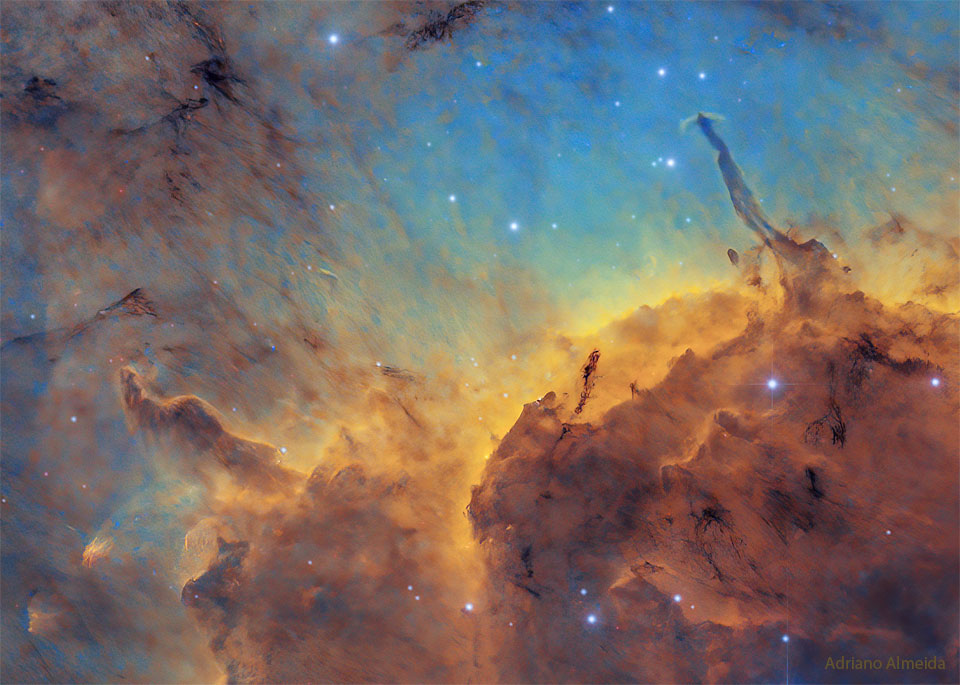Garrison Fewell has taught thousands of guitarists since the 1970s at Berklee College of Music and around the world. He has played on dozens of recordings, both as a leader and with artists such as Herbie Hancock, Slide Hampton, Tal Farlow, Benny Golson, and many others. This book is a companion to his first book, Jazz Improvisation for Guitar: A Melodic Approach (Berklee Press).
see full post...On the origin of the petenera, as it happens with other styles of this art, there is no unanimity between the experts and scholars of flamenco. There are those who place it in America, since a jarocho style of music and dance, typical of the Veracruz region (Mexico), is also called petenera. Others, however, indicate that the origin of this style is Spanish.
At the time it was believed that the peteneras had Sephardic roots due to the references made in many of the letters, as we can see in this example: “where are you going, beautiful Jewish woman …“. The peteneras have a stanza of four octosyllabic verses that go on to become six or more due to the repetition of some of them. In addition, another verse is added in the form of rubble, the most common is usually “Mother of my heart”. The metric of the peteneras is governed by 6/8 and 3/4 bars, making their accents strong as follows 1-2-3 1-2-3 1-2 1-2 1-2.
see full post...Last in a series of Teaching a Rhythm Roots Workshop at Tasks Unlimited (https://tasksunlimited.org) St Louis Park location working with the Mental Health community. Celebrating world drumming and world cultures. Sept 1st thru Oct 13th on Thursdays 930-11am. Today 6th in the series. Performance day with “the SHOCKERS”.

The Heart Nebula (also known as the Running dog nebula), IC 1805, Sharpless 2-190, is some 7500 light years away from Earth and is located in the Perseus Arm of the Galaxy in the constellation Cassiopeia. It was discovered by William Herschel on 3 November 1787. It is an emission nebula showing glowing ionized hydrogen gas and darker dust lanes.
The brightest part of the nebula (a knot at its western edge) is separately classified as NGC 896, because it was the first part of the nebula to be discovered. The nebula’s intense red output and its morphology are driven by the radiation emanating from a small group of stars near the nebula’s center. This open cluster of stars, known as Collinder 26 or Melotte 15, contains a few bright stars nearly 50 times the mass of our Sun, and many more dim stars that are only a fraction of our Sun’s mass.

Paul Frederic Simon (born October 13, 1941) is an American musician, singer, songwriter and actor whose career has spanned six decades. He is one of the most acclaimed songwriters in popular music.
Simon was born in Newark, New Jersey, and grew up in the borough of Queens in New York City. He began performing with his schoolfriend Art Garfunkel in 1956 when they were still in their early teens. After limited success, the pair reunited after an electrified version of their song “The Sound of Silence” became a hit in 1966. Simon & Garfunkel recorded five albums together featuring songs mostly written by Simon, including the hits “Mrs. Robinson“, “America“, “Bridge over Troubled Water” and “The Boxer“.
After Simon & Garfunkel split in 1970, Simon recorded three acclaimed albums over the following five years, all of which charted in the Top 5 on the Billboard 200. His 1972 self-titled album contained the hit songs “Mother and Child Reunion” and “Me and Julio Down by the Schoolyard“. The 1975 album Still Crazy After All These Years, which featured guest vocals from Garfunkel, was his first number one solo album. It featured the number 1 hit single “50 Ways to Leave Your Lover“, among other Top 40 songs such as “Still Crazy After All These Years“, “Gone at Last” and “My Little Town“.
Simon reunited with Garfunkel for a performance in New York Central Park in 1981, drawing half a million spectators, followed by a world tour with Garfunkel. After a career slump, Simon released Graceland in 1986, an album inspired by South African township music. It sold 14 million copies worldwide, and remains his most popular and acclaimed solo work. A number of hit singles were released from the album, including “You Can Call Me Al“, “The Boy in the Bubble” and “Diamonds on the Soles of Her Shoes“. It won the Grammy Award for Album of the Year in 1987.
Simon continued to tour throughout the 1990s. He wrote a Broadway musical, The Capeman, and recorded a companion album, Songs from The Capeman, which was released in 1997. His 2000 album You’re the One was nominated again for Album of the Year honors. He followed that album with several years of touring, including another reunion tour with Garfunkel. He then released Surprise (2006), his last album of the decade. In 2016, he released Stranger to Stranger, which debuted at number 3 on the Billboard Album Chart and number 1 the UK Albums Chart. It marked his greatest commercial and critical success in thirty years. His most recent album is In the Blue Light (2018), which contains re-arrangements of lesser-known songs from his prior albums.
Simon has earned sixteen Grammy Awards for his solo and collaborative work, including three for Album of the Year (Bridge Over Troubled Water, Still Crazy After All These Years and Graceland), and a Lifetime Achievement Award. He is a two-time inductee into the Rock and Roll Hall of Fame: first in 1990 as a member of Simon & Garfunkel, and again in 2001 for his solo career. In 2006 he was selected as one of the “100 People Who Shaped the World” by Time. In 2011, Rolling Stone named Simon one of the 100 greatest guitarists, and in 2015 he was ranked eighth in their list of the 100 Greatest Songwriters of All Time. Simon was the first recipient of the Library of Congress‘s Gershwin Prize for Popular Song in 2007. Simon was born on October 13, 1941, in Newark, New Jersey, to Hungarian-Jewish parents. His father, Louis (1916–1995), was a college professor, double-bass player and dance bandleader who performed under the name Lee Sims. His mother, Belle (1910–2007), was an elementary-school teacher. In 1945, his family moved to the Kew Gardens Hills section of Flushing, Queens, in New York City.
see full post...Pharoah Sanders (born Farrell Sanders; October 13, 1940 – September 24, 2022) was an American jazz saxophonist. Known for his overblowing, harmonic, and multiphonic techniques on the saxophone, as well as his use of “sheets of sound“, Sanders played a prominent role in the development of free jazz and spiritual jazzthrough his work as a member of John Coltrane‘s groups in the mid-1960s, and later through his solo work. He released over thirty albums as a leader and collaborated extensively with vocalist Leon Thomas and pianist Alice Coltrane, among many others. Fellow saxophonist Ornette Coleman once described him as “probably the best tenor player in the world”.
Sanders’ take on “spiritual jazz” was rooted in his inspiration from religious concepts such as Karma and Tawhid, and his rich, meditative performance aesthetic.This style was seen as a continuation of Coltrane’s work on albums such as A Love Supreme. As a result, Sanders was considered to have been a disciple of Coltrane or, as Albert Ayler said, “Trane was the Father, Pharoah was the Son, I am the Holy Ghost”. Pharoah Sanders was born on October 13, 1940, in Little Rock, Arkansas. His mother worked as a cook in a school cafeteria, and his father worked for the City of Little Rock. An only child, Sanders began his musical career accompanying church hymns on clarinet. His initial artistic accomplishments were in the visual arts, but when he was at Scipio Jones High School in North Little Rock, Sanders began playing the tenor saxophone.
see full post...Leon Konitz (October 13, 1927 – April 15, 2020) was an American composer and alto saxophonist.
He performed successfully in a wide range of jazz styles, including bebop, cool jazz, and avant-garde jazz. Konitz’s association with the cool jazz movement of the 1940s and 1950s includes participation in Miles Davis‘s Birth of the Cool sessions and his work with pianist Lennie Tristano. He was one of relatively few alto saxophonists of this era to retain a distinctive style, when Charlie Parker exerted a massive influence. Like other students of Tristano, Konitz improvised long, melodic lines with the rhythmic interest coming from odd accents, or odd note groupings suggestive of the imposition of one time signature over another. Other saxophonists were strongly influenced by Konitz, such as Paul Desmond and Art Pepper. He died during the COVID-19 pandemic from complications brought on by the disease.Konitz was born on October 13, 1927, in Chicago. He was the youngest of three sons of Jewish immigrant parents. His Austrian father, Abraham, operated a laundry business in the back of which the family lived. His mother, Anna, had emigrated from Russia. The family spoke Yiddish at home and were not religiously observant. Neither of his parents were musical but were supportive of Konitz’s interest in music.
Raymond Matthews Brown (October 13, 1926 – July 2, 2002) was an American jazz double bassist, known for his extensive work with Oscar Peterson and Ella Fitzgerald. He was also a founding member of the group that would later develop into the Modern Jazz Quartet.
Ray Brown was born October 13, 1926, in Pittsburgh, Pennsylvania, and took piano lessons from the age of eight. After noticing how many pianists attended his high school, he thought of taking up the trombone, but was unable to afford one. With a vacancy in the high school jazz orchestra, he took up the upright bass.
see full post...Arthur Tatum Jr. (/ˈteɪtəm/, October 13, 1909 – November 5, 1956) was an American jazz pianist who is widely regarded as one of the greatest in his field. From early in his career, Tatum’s technical ability was regarded by fellow musicians as extraordinary. Many pianists attempted to copy him; others questioned their own skills after encountering him, and some even switched instruments in response. In addition to being acclaimed for his virtuoso technique, Tatum extended the vocabulary and boundaries of jazz piano far beyond his initial stride influences, and established new ground in jazz through innovative use of reharmonization, voicing, and bitonality.
Tatum grew up in Toledo, Ohio, where he began playing piano professionally and had his own radio program, rebroadcast nationwide, while still in his teens. He left Toledo in 1932 and had residencies as a solo pianist at clubs in major urban centers including New York, Chicago, and Los Angeles. In that decade, he settled into a pattern that he followed for most of his career – paid performances followed by long after-hours playing, all accompanied by prodigious consumption of alcohol. He was said to be more spontaneous and creative in such venues, and although the drinking did not negatively affect his playing, it did damage his health.
In the 1940s, Tatum led a commercially successful trio for a short time and began playing in more formal jazz concert settings, including at Norman Granz-produced Jazz at the Philharmonic events. His popularity diminished towards the end of the decade, as he continued to play in his own style, ignoring the rise of bebop. Granz recorded Tatum extensively in solo and small group formats in the mid-1950s, with the last session occurring only two months before the pianist’s death from uremiaat the age of 47.
Tatum’s mother, Mildred Hoskins, was born in Martinsville, Virginia, around 1890, and was a domestic worker. His father, Arthur Tatum Sr., was born in Statesville, North Carolina,and had steady employment as a mechanic. In 1909, they made their way from North Carolina to begin a new life in Toledo, Ohio. The couple had four children; Art was the oldest to survive, and was born in Toledo on October 13, 1909. He was followed by Arline nine years later and by Karl after another two years. Karl went to college and became a social worker. The Tatum family was regarded as conventional and church-going.
see full post...In the image, composed with 30 hours of narrowband image data, it spans nearly three full moons toward the royal constellation Cepheus. Discovered in 2011 by French astro-imager Nicolas Outters, the Squid Nebula’s bipolar shape is distinguished here by the telltale blue-green emission from doubly ionized oxygen atoms. Though apparentlysurrounded by the reddish hydrogen emission region Sh2-129, the true distance and nature of the Squid Nebula have been difficult to determine. Still, a more recent investigation suggests Ou4 really does lie within Sh2-129 some 2,300 light-years away. Consistent with that scenario, the cosmic squid would represent a spectacular outflow of material driven by a triple system of hot, massive stars, cataloged as HR8119, seen near the center of the nebula. If so, this truly giant squid nebula would physically be over 50 light-years across.

Frank Floyd, known as Harmonica Frank (October 11, 1908 – August 7, 1984) was an American blues singer, guitarist and harmonicist.
Frank Floyd was born in Toccopola, Mississippi, the son of itinerant parents who separated without giving him a name, though he is recorded in the 1910 census as Shankles Floyd. He was raised by his sharecropping grandparents, who died while he was a teenager. He taught himself to play harmonica when he was 10 years old, and he eventually learned guitar. He gave himself the name Frank Floyd, and began performing in the 1920s for traveling carnivals and medicine shows.
He learned many types of folk music and became a mimic, effortlessly switching from humorous hillbilly ballads to deep country blues.
With his self-taught harmonica technique, he was a one-man band, able to play the instrument without his hands or the need for a neck brace. While also playing guitar, he perfected a technique of manipulating the harmonica with his mouth while he sang out of the other side. He could also play harmonica with his nose and thus play two harmonicas at once, a skill he shared with blues harp players Walter Horton and Gus Cannon’s partner Noah Lewis.
https://www.youtube.com/watch?v=BPDsnF0Ca9g
see full post...Melvin Rhyne (October 12, 1936 – March 5, 2013), was a jazz organist best known for his work with Wes Montgomery.
Melvin Rhyne was born in Indianapolis in 1936 and started playing the piano shortly after. At 19 years old, Rhyne started playing piano with then-unknown tenor saxophonist Rahsaan Roland Kirk but quickly switched over to the instrument that would make him famous: the Hammond B3 organ. Rhyne’s piano skills translated to the organ fluently and before long he was backing famous blues players like B.B. King and T-Bone Walker. In 1959 he was asked to join fellow Indianapolis musician Wes Montgomery‘s newly formed trio.
Rhyne then moved to Wisconsin and largely kept to himself for the next two decades. In 1991, however, he played on Herb Ellis‘s album Roll Call, Brian Lynch‘s At the Main Event, and his own album, The Legend. He continued to be prolific in the years to come, releasing eight more solo albums on the Criss Cross Jazz label. Rhyne also recorded with The Mark Ladley Trio for the 1992 release, Strictly Business and the 1994 release, Evidence.[7] Both landed in the Jazz Charts at CMJ New Music Report and The Gavin Report. The group also appeared on a Jazziz Magazine sampler disc during that time. Altenburgh Records posthumously released, Final Call in 2013 by the same group.
In 2008 Rhyne teamed up with fellow Indianapolis jazz musician Rob Dixon to form the Dixon-Rhyne Project, a boundary-pushing jazz quartet that also includes Chicago guitarist Fareed Haque and drummer Kenny Phelps. The quartet released the album Reinvention in 2008 on Indianapolis jazz label Owl Studios. Rhyne’s later career trio included guitarist Peter Bernstein and drummer Kenny Washington in the same organ, guitar, drum formation of the original Wes Montgomery Trio.
He died in his hometown of Indianapolis of lung cancer at the age of 76.
see full post...Edward E. Cherry Jr. (October 12, 1954) is an American jazz guitarist and studio musician. Cherry is perhaps best known for his long association with trumpeter with whom he performed from 1978 until shortly before Gillespie’s death in 1993. Since that time, he has worked with Paquito D’Rivera, Jon Faddis, John Patton, Hamiet Bluiett, Henry Threadgill, and Paula West. He has recorded a number of albums as a leader.
see full post...Alfred “Tubby” Hall (October 12, 1895 – May 13, 1945) was an American jazz drummer.
Hall was born in Sellers, Louisiana; his family moved to New Orleans in his childhood. His younger brother Minor “Ram” Hall also became a professional drummer. He played in many marching bands in New Orleans, including with Buddie Petit.
In March 1917 Tubby Hall moved to Chicago, where he played with Sugar Johnny Smith. After two years in the United States Army, he returned to playing in Chicago mostly with New Orleans bands, joining Carroll Dickerson‘s Orchestra (recording with it in 1927) and later with the groups of King Oliver, Jimmie Noone, Tiny Parham, Johnny Dodds. Noted swing and big-band drummer Gene Krupa said that Hall and Zutty Singleton “were great! They knew every trick and just how to phrase the parts of the choruses behind the horns, how to lead a man in, what to do at the turn-arounds, when to use sticks and when to use brushes, when to go for the rims or the woodblocks, what cymbals are for.”
He is seen in Armstrong’s movies of the early 1930s, including the live action and Betty Boop cartoon I’ll Be Glad When You’re Dead, You Rascal You (1932) and A Rhapsody in Black and Blue (1932), made by Paramount. Only Armstrong and Hall got closeups in the two films, and both get their faces transposed with those of racially stereotyped “jungle natives” in the cartoon. Hall morphs from a jazz drummer to a cannibal stirring a cooking pot with two wooden sticks.
His drumming style was forceful and sober, generally maintaining constant tempo on the snare. Jazz critic Hugues Panassié considered him one of the three greatest jazz drummers of his generation, along with Zutty Singleton and Warren “Baby” Dodds.[8]
Tubby Hall died in Chicago
see full post...On the whole, the nebula appears like a bird (a pelican) and is seen toward the constellation of a different bird: Cygnus, a Swan. But inside, the Pelican Nebula is a place lit up by new stars and befouled by dark dust. Smoke-sized dust grains start as simple carbon compounds formed in the cool atmospheres of young stars but are dispersed by stellar winds and explosions. Two impressive Herbig-Haro jets are seen emitted by the star HH 555 on the right, and these jets are helping to destroy the light year-long dust pillar that contains it. Other pillars and jets are also visible. The featured image was scientifically-colored to emphasize light emitted by small amounts of heavy elements in a nebula made predominantly of the light elements hydrogen and helium. The Pelican Nebula (IC 5067 and IC 5070) is about 2,000 light-years away and can be found with a small telescope to the northeast of the bright star Deneb.
